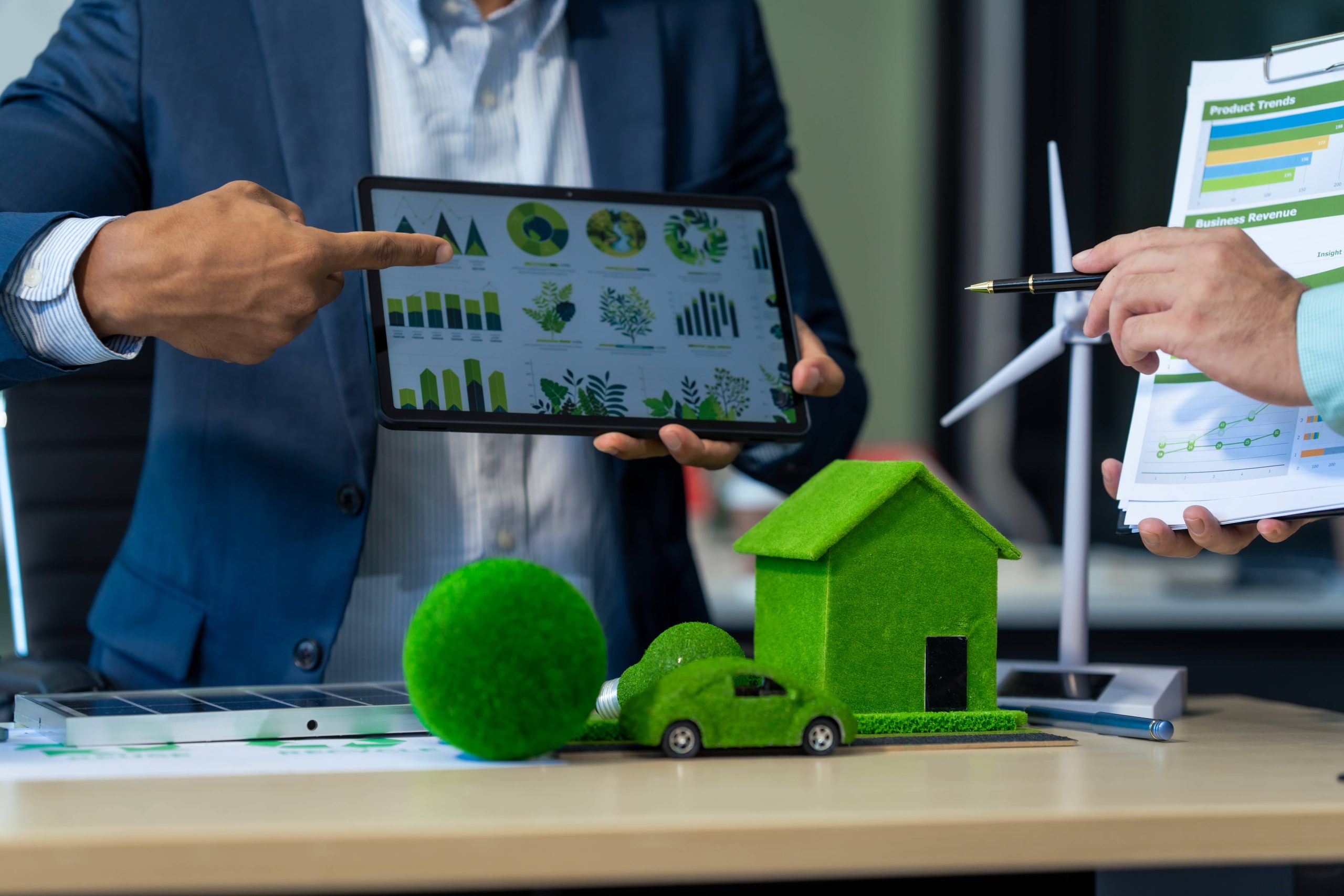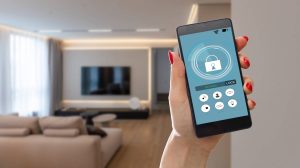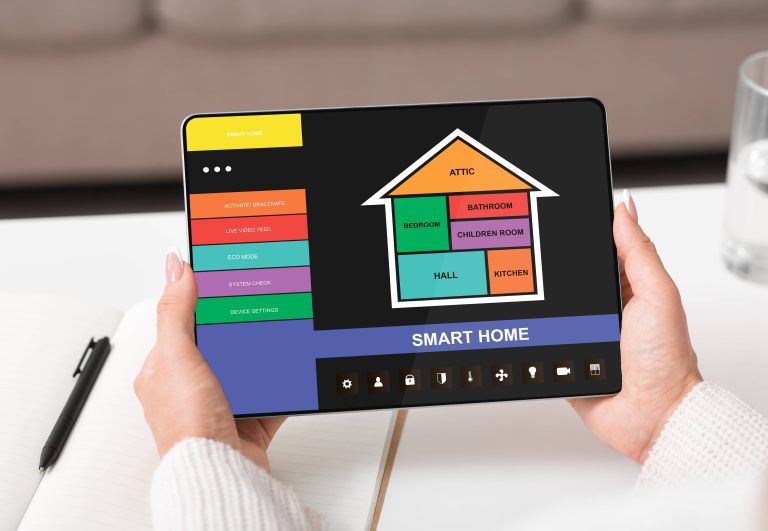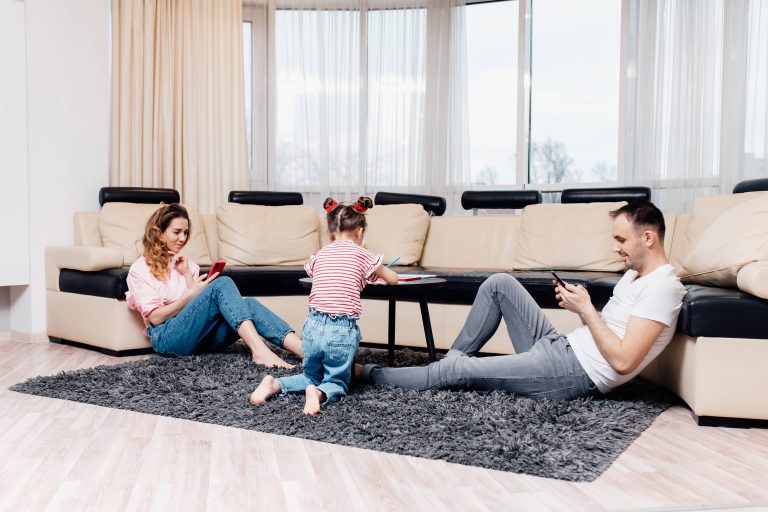
In our quest for a sustainable lifestyle, we constantly seek ways to reduce our energy consumption without compromising the comforts of modern living. Automating your home lighting based on natural light is one such approach that not only saves energy but also enhances the ambiance and convenience of your living space. As smart home technology continues to advance, it has become easier than ever to integrate intelligent lighting systems that respond dynamically to the presence of natural light. In this blog post, we’ll explore various strategies and technologies to create a more energy-efficient and eco-friendly home.
The Importance of Natural Light
Before diving into automation, it’s essential to recognize the benefits of natural light. Sunlight is the most efficient and beneficial source of light. It boosts our mood, regulates our circadian rhythms, and even helps us save on electricity bills. By aligning our indoor lighting with the natural light available, we can maximize these benefits while reducing our dependence on artificial lighting.
Assessing Your Home’s Natural Light
To start, identify how natural light moves through your home throughout the day. Take note of which rooms receive the most sunlight and at what times. You can utilize simple tools such as a light meter or even smartphone apps to measure the intensity of natural light in different areas. This assessment will help you determine the best strategies and technologies for automating your lighting systems.
Smart Light Bulbs and Fixtures
Smart light bulbs and fixtures are the foundation of an automated lighting system. These devices can be controlled via smartphone apps, voice commands, or automated routines. Products such as Philips Hue, LIFX, and Sengled offer a variety of options, including color-changing bulbs, dimmable lights, and fixtures equipped with sensors.
By connecting these smart bulbs to a central hub or smart home assistant like Amazon Alexa, Google Assistant, or Apple HomeKit, you can easily control your lights and establish automation rules based on natural light levels.
Light Sensors and Ambient Light Detection
Light sensors, also known as photocells or photoresistors, can measure the amount of ambient light in a room. When integrated with your smart lighting system, these sensors can trigger your lights to turn on or off, dim, or adjust their color temperature based on the natural light available.
For example, you can program your lights to automatically dim or turn off when there’s sufficient daylight, thereby reducing energy consumption. Conversely, when it gets dark, the lights can gradually brighten, ensuring a smooth transition without the abrupt disruption of switching lights manually.
Smart Blinds and Shades
In addition to controlling lights, managing the amount of natural light that enters your home can significantly impact energy efficiency. Smart blinds and shades, such as those offered by companies like Lutron, Somfy, and IKEA, can be programmed to open and close based on the time of day, the position of the sun, or the amount of natural light detected by sensors.
By automating your window coverings, you can control the intensity of natural light entering the room. In the morning, smart blinds can open to let in the dawn light, reducing the need for artificial lighting. In the afternoon, they can close partially to prevent excessive glare and heat build-up, maintaining a comfortable temperature and reducing cooling costs.
Integrating Smart Plugs and Switches
If you have traditional light fixtures that aren’t compatible with smart bulbs, don’t worry. Smart plugs and switches can bridge the gap, giving you control over your existing lighting setup. Devices like the Wemo Smart Plug or the Lutron Caseta Wireless Dimmer Switch can be controlled via smartphone apps and integrated with your smart home ecosystem.
By using smart plugs or switches, you can automate your non-smart lights to respond to natural light conditions similarly to smart bulbs. For instance, you can schedule certain lights to turn off when the sun is at its brightest and turn on as dusk approaches.
Advanced Automation with Home Assistants
For more advanced automation, you can set up routines and scenes with your smart home assistant. These routines can combine multiple smart devices to create a seamless lighting experience that reacts dynamically to natural light.
For instance, you could establish a routine where, if the ambient light sensor detects high sunlight, your smart blinds will close halfway, and your indoor lights will dim to 50%. As the evening sets in and natural light diminishes, your blinds can open fully, and the indoor lights gradually brighten to 100%.
Energy Monitoring and Optimization
To truly embrace energy efficiency, consider pairing your smart lighting system with energy monitoring devices. Smart energy monitors, such as those from Sense or Neurio, can provide real-time data on your home’s energy consumption. By analyzing this data, you can optimize your lighting automation routines for maximum efficiency.
With energy monitoring, you can identify patterns in your energy usage and adjust your automation to reduce waste. For example, if you notice that certain lights are frequently on during periods of ample natural light, you can tweak your automation settings to correct this.
Conclusion
Automating your lights based on natural light is an effective way to enhance your home’s energy efficiency and sustainability. By leveraging smart bulbs, light sensors, smart blinds, and advanced automation routines, you can create a harmonious balance between artificial and natural light, fostering a more comfortable and eco-friendly living environment.
By embracing these technologies, you not only contribute to a greener planet but also enjoy the convenience and aesthetic benefits of a well-lit, adaptive home. So, take the first step towards a smarter, more sustainable home by exploring the various ways to automate your lighting based on natural light. Your wallet, your well-being, and the environment will thank you.







